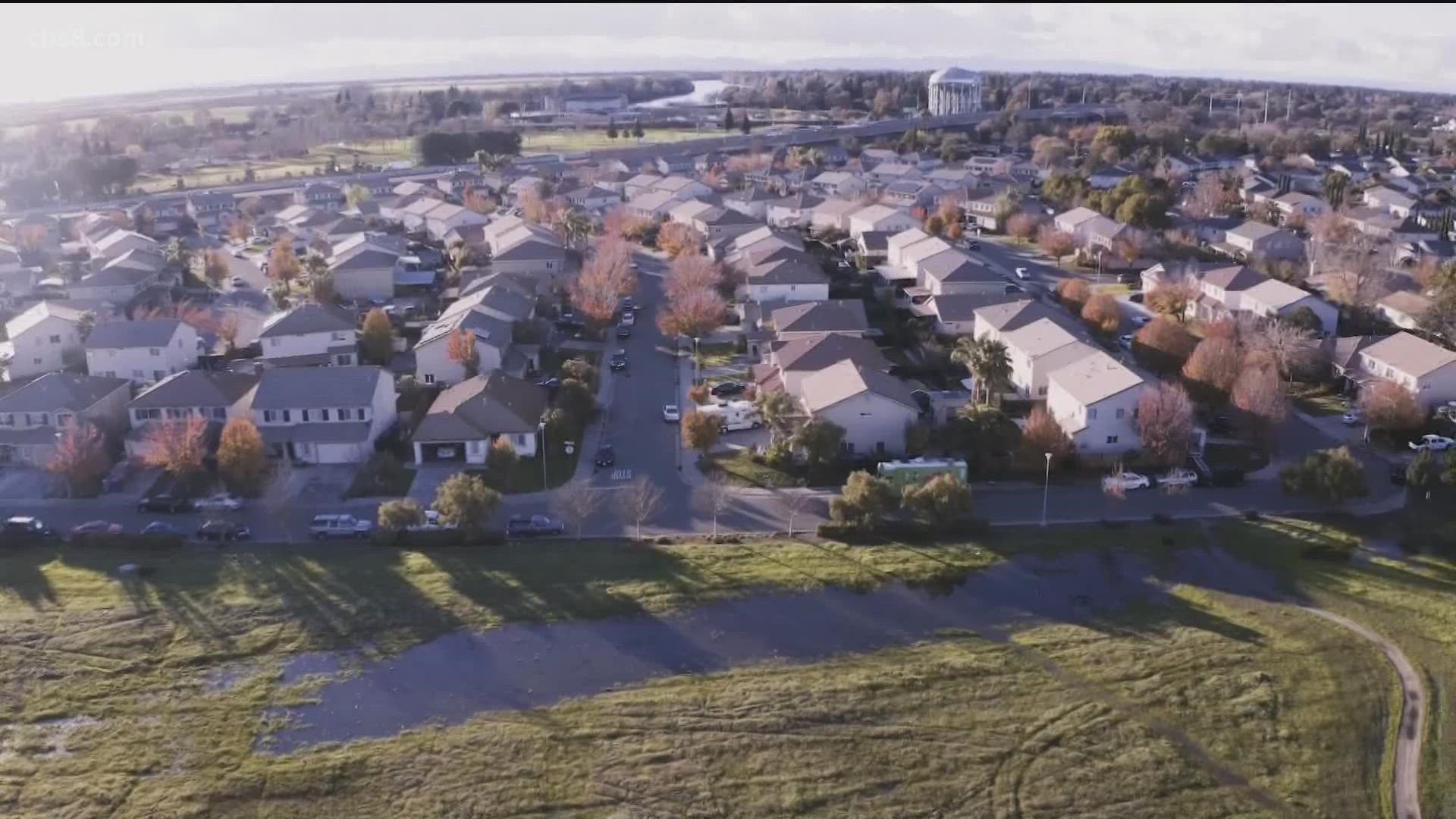SACRAMENTO, Calif. — Giving a voice to historically underserved communities was one of the main goals of the independent redistricting commission.
The commission listened to nearly 4,000 public comments, took in 32,000 written comments and held hundreds of live-streamed meetings open to the public.
“We have been engaging Black Californians throughout the census," said California Black Census and Redistricting Hub Policy Director James Woodson, "and also leading our coalition of 30 groups in the redistricting process.”
"This is about the next 10 years of policy that will ultimately affect the lived conditions of Black Californians," Woodson said, "and so redistricting ultimately affects not only who gets elected but what type of issues get addressed.”
For the most part, he’s happy with the final maps.
“We think that they largely got it right,” he said.
Paul Mitchell is the owner of Redistricting Partners, an independent firm that helps cities and states draw new lines.
He said the number one goal of California's commission is to make sure every district has an equal population, then it's a matter of looking at protected communities.
“Making sure that district lines aren't being drawn in a way that could be seen as diluting the voting power of a protected class,” Mitchell said.
"It would violate the Voting Rights Act of a Latino population to slice it into four districts, it might also kind of reduce the voting power of say, a renter population to take a downtown area and slice it into four districts," he said.
While the LGBTQ community is not explicitly considered a protected class under the federal Voting Rights Act, the commission does consider them a community of interest. Although, the Census Bureau does not track the population.
"We had to come up with our own data set using our membership data," said Samuel Garret-Pate, communications director for Equality California.
“I believe that they all checked their partisanship at the door and really drew lines that are fair and equitable for all Californians,” he said.
However, Woodson did have at least one complaint.
“We did see that the Vallejo, for instance, in Solano County was separated from other sort of similar communities in the Bay Area," Woodsen said.
The Director of California Common Cause said this commission should be a standard across the country, where most other states still leave it up to politicians to draw district lines.
"You could watch in real-time as the commissioners heard public comment from a member of the public, reacted to it, digested it, and then adjusted lines accordingly," California Common Cause Executive Director Jonathan Mehta Stein said. "It was really an exercise of democracy done in public and a complete contrast from the way that redistricting has been done in California in past decades and continues to be done in other states around the country."
California lost a congressional seat. The state went from 53 seats to 52. Los Angeles saw the slowest growth over the last ten years, so that area lost the seat.
Mehta Stein argues that if the maps were up to California politicians, they likely would have taken it away from the Central Valley or some other Republican area in order to keep more seats for themselves. This is why he believes the effort was successful.
WATCH ALSO:

